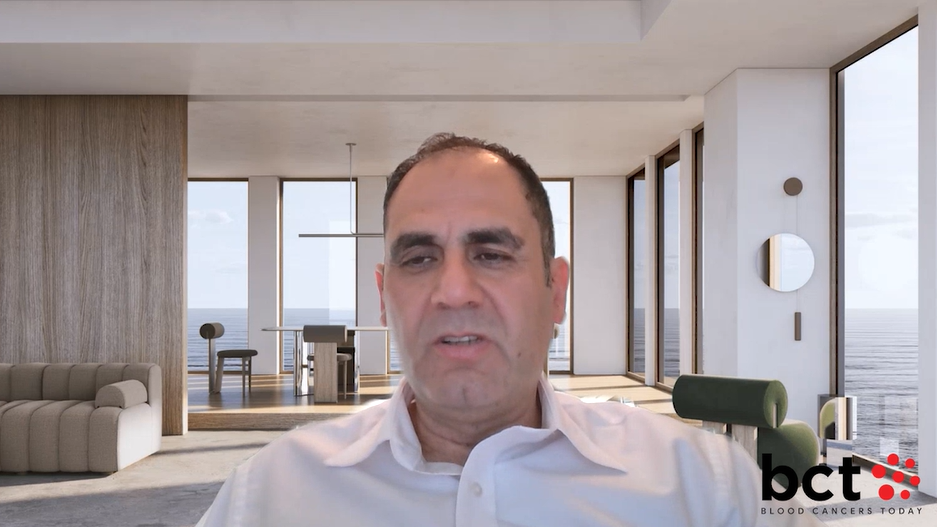
A new study designed to estimate the total lifetime cost of treating patients with chronic lymphocytic leukemia (CLL) in the United States from the health system perspective showed that the high expected lifetime cost was driven mainly by the cost of drugs such as Bruton’s tyrosine kinase and B-cell lymphoma 2 inhibitors.
The study, led by Farrukh Awan, MD, of the University of Texas Southwestern Medical Center in Dallas, was presented as an abstract at the 65th American Society of Hematology Annual Meeting & Exposition in San Diego, California.
The study used a semi-Markov model consisting of six distinct health states. Treatment categories included ibrutinib with or without an anti-CD20 monoclonal antibody (mAb), acalabrutinib with or without an anti-CD20 mAb, venetoclax-based regimens, chemoimmunotherapy, and phosphatidylinositol 3-kinase inhibitor–based regimens. Transition probabilities and time spent on each line of therapy were calculated based on data abstracted from digitized time to next treatment and overall survival Kaplan-Meier curves from real-world studies.
The model estimated the total expected lifetime cost of treating a patient with CLL in the United States to be $1,142,357. The estimated total time spent in the model was 8.03 years, with the majority of time spent in the first and second lines of therapy (6.00 and 1.68 years, respectively). Drug costs were the largest driver of the total lifetime cost (77%), followed by inpatient and emergency room costs (20%).
“Given the high lifetime economic burden of this disease, there is a need for potentially more effective one-time-only treatment options,” the authors concluded.
Reference
Awan F, Vidisheva A, Saeedian M, et al. The total lifetime cost of treating patients with CLL in the United States. Abstract #2330. Presented at the 65th American Society of Hematology Annual Meeting & Exposition; December 9-12, 2023; San Diego, California.





 © 2025 Mashup Media, LLC, a Formedics Property. All Rights Reserved.
© 2025 Mashup Media, LLC, a Formedics Property. All Rights Reserved.